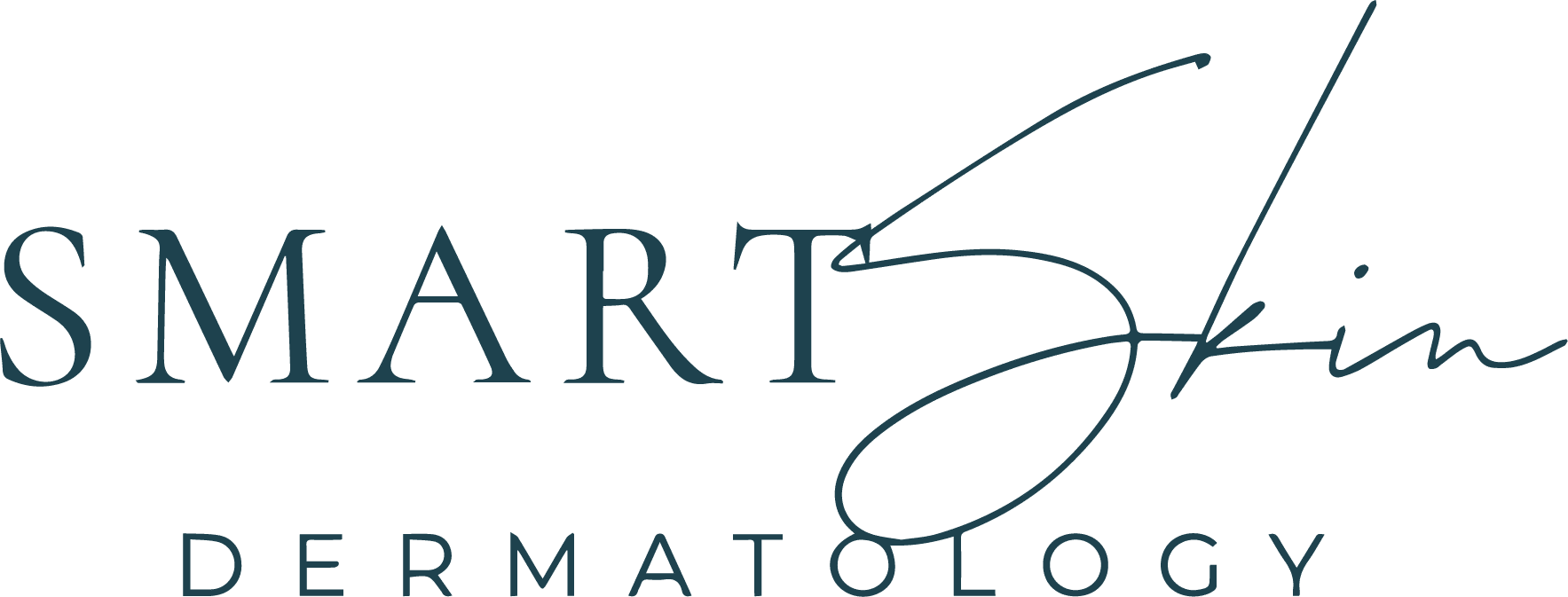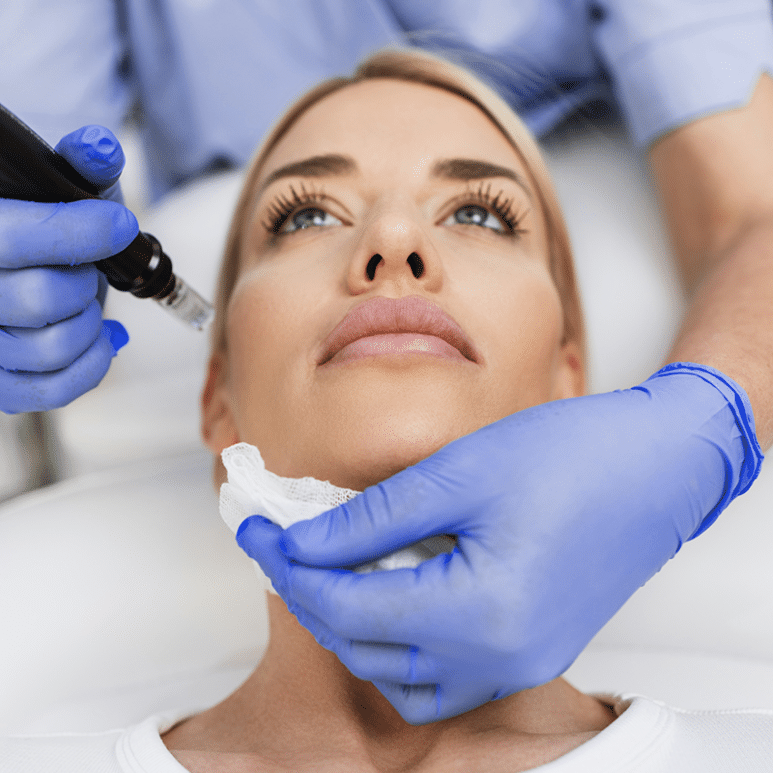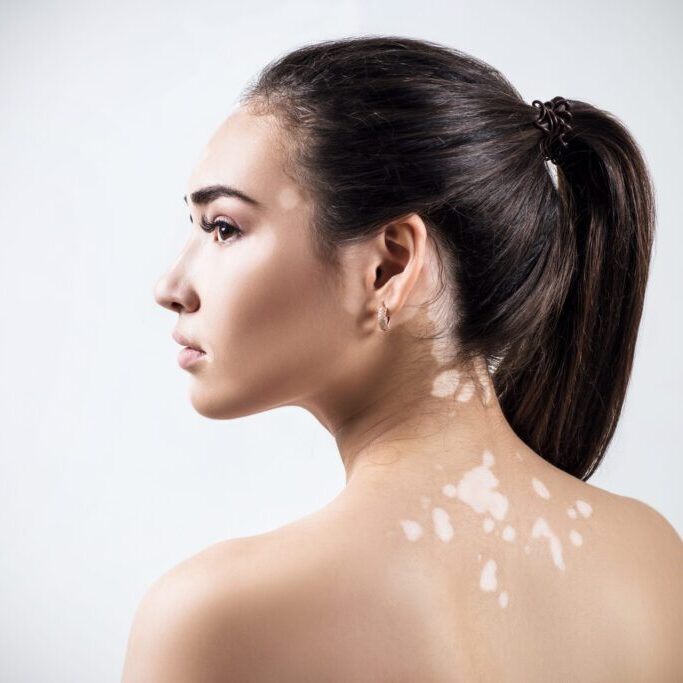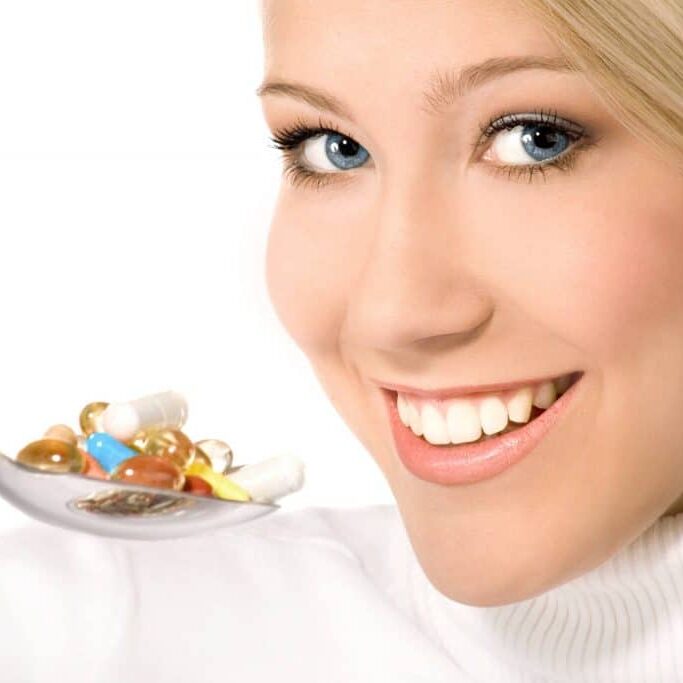50 Shades of Red
April is Rosacea Awareness Month, which is fitting since spring can be considered “rosacea season” due to the weather changes causing many to flare this time of year. Rosacea is more common than you may realize and can often be misdiagnosed as Acne.
What is Rosacea?
- Rosacea is a fairly chronic inflammatory disorder of the hair and oil (pilosebaceous unit) glands on the face that is coupled with increased capillary reactivity which leads to flushing and superficial blood vessels.
- It most commonly affects adult women with fair skin and Celtic origins.
What does Rosacea look like?
- The rash usually involves the face symmetrically. Early on flushing is characteristic along with prominent blood vessels causing the characteristic “red face”.
- Papules and pustules can develop and it can look similar to acne, but the biggest difference with acne is that there are no comedones (blackheads and whiteheads) present.
- The late stages of Rosacea can cause deep red bumps and nodules underneath the skin and can lead to a disfigurement of the nose, forehead, eyelids, ears, and chin. Men more commonly have this type.
- The eyes can also be involved. You may notice dry, red eyes and a gritty sensation and it rarely can lead to more serious problems such as; corneal ulcers.
What triggers Rosacea flares?
- Increase in skin temperature in response to heat stimuli
- Exercise, sun exposure, hot baths, hot or spicy foods/liquids
- Alcohol and caffeine
- Emotional stress
- Change in the environment (cold, hot, humidity, wind, etc..)
- Medications
- Facial creams or oils, Topical steroids
Is there a treatment for Rosacea?
- Unfortunately, the exact cause of Rosacea is unknown and there is no cure, but it can be controlled. Recurrences are very common and it usually waxes and wanes, but they can also spontaneously resolve over a few years.
- Avoiding triggers is key!
- Topical make-ups in a green-tinted base help to camouflage the redness. Make sure to use gentle products that are fragrance-free.
- Topical treatments include; Metronidazole cream, Soolantra Cream, Sodium Sulfacetamide, topical antibiotics.
- Oral medications are usually more effective than topical treatments and tetracycline antibiotics are the mainstay of therapy.
- Isotretinoin has been used for severe cases.
- Laser therapy is very effective for treating redness and any facial disfigurement.
Posted in Uncategorized
